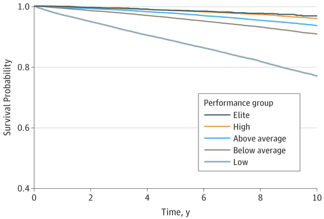 This week, I published a story with NOVA about the relationship between chemical addiction and screen addiction. For those of you who don’t know, screen addiction, internet gaming addiction, or basically any experience you’ve had with a Shonda Rhymes series at 3AM, are vaguely defined psychological conditions that that some experts consider to be addiction.
This week, I published a story with NOVA about the relationship between chemical addiction and screen addiction. For those of you who don’t know, screen addiction, internet gaming addiction, or basically any experience you’ve had with a Shonda Rhymes series at 3AM, are vaguely defined psychological conditions that that some experts consider to be addiction.
The story looked at some disturbing research that suggests obsessive viewing of certain computer games, social media, and entertainment can – over time – start to looks a lot like addiction. Especially when it starts at a very young age. In mouse models, there’s even evidence of permanent changes to the brain and a connection with attentional disorders and future addiction to other substances.
Addiction is one of those things where, the more you learn about it, the more terrifying it gets. For instance, some studies suggest it can impede your ability to manage pain in your body and even enjoy chocolate or sex. For years or decades.
And anyone who follows brain science knows that brain plasticity is pretty hip these days. Now we know it lasts way into old age and can do some pretty amazing things. But it’s not unlimited, especially during crucial developmental periods. In fact, there is some evidence that regular teenage drug users lose their plasticity – their ability to create new connections in the brain – which can change the way the brain is wired.
Connections in the brain are a little like roads. And you can only build so many over the landscape. This may account for some cognitive deficits observed in regular drug users. Drug addiction, it seems, may hoard all the roads for itself, which can be devastating for a teen who is building the roads she will use the rest of her life.
Continue reading →





 If you’re familiar with the internet, you know there’s a problem with the word “actually”. After initially gaining recognition in 2012 as “
If you’re familiar with the internet, you know there’s a problem with the word “actually”. After initially gaining recognition in 2012 as “

